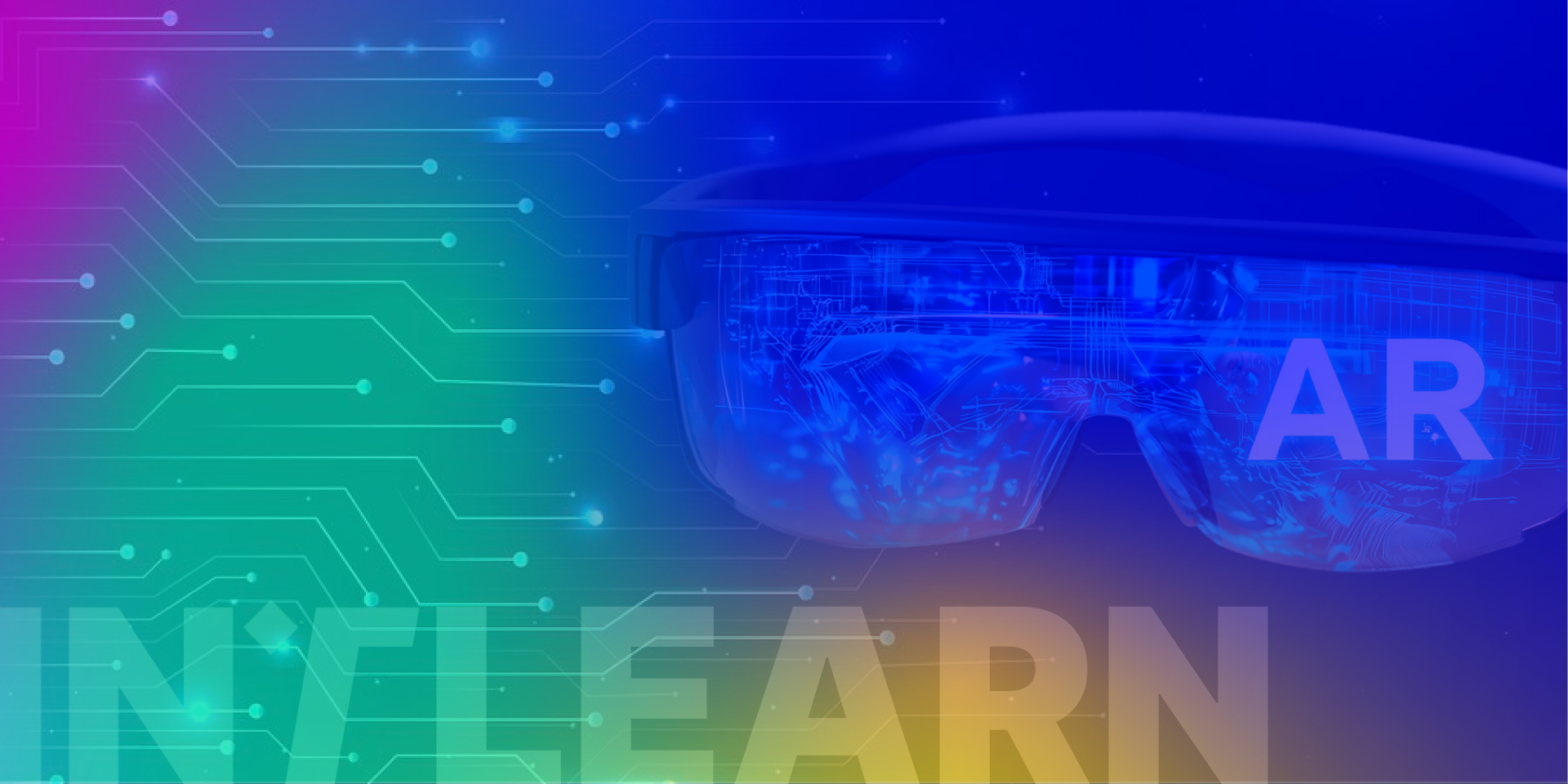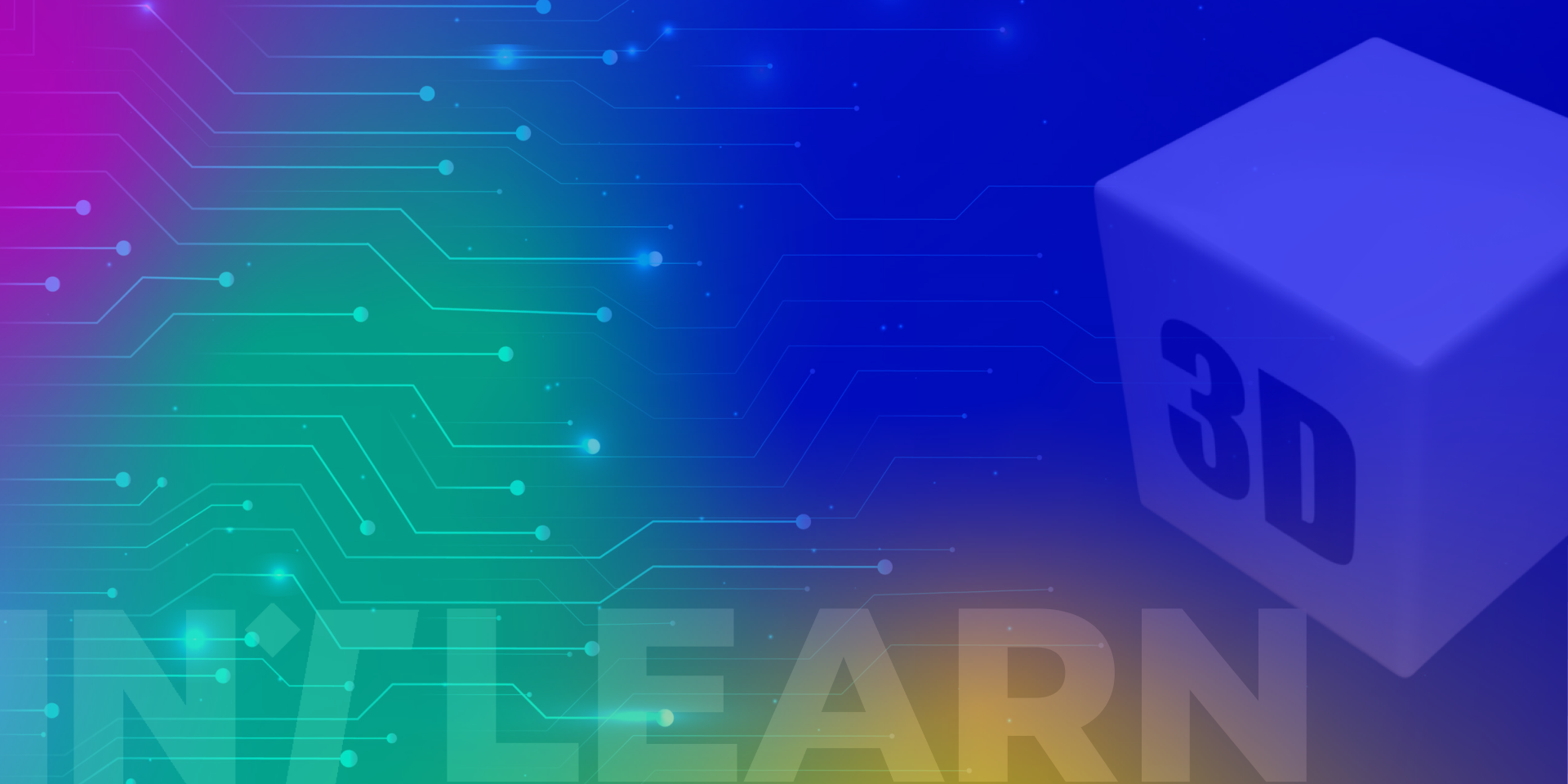Functionality, history and fields of application about Augmented Reality
Augmented Reality (AR): a technological system that acts as a bridge between the real and virtual dimensions, using electronic devices like smartphones, tablets, computers, and specialized viewers. Thanks to the history and fields of application about Augmented Reality, it has become an important technology for the technological innovations of the future.
Augmented Reality has the ability to generate interactive experiences in real environments, where physical objects are “amplified” by digitally generated information. This overlay of digital data onto the tangible world is not limited to the visual field but can extend to the auditory and tactile dimensions.
FUNCTIONALITY
The technological classification of Augmented Reality can be divided into two main macro-categories, each characterized by specific implementation and interaction methods.
Marker-Based Augmented Reality: uses predefined graphic images called Markers, which are created to be overlaid on the real world. The process involves scanning specific images or graphic elements through computer vision systems, followed by real-time processing.
Markerless Augmented Reality: have greater operational autonomy and application flexibility because they do not require Markers.
These technologies can be further subdivided into:
Localization-based AR, which uses geolocation systems to anchor digital content to specific geographic coordinates.
Projective AR, which uses optical projection technologies to reproduce digital images on physical surfaces, allowing direct interactions through contact interfaces.
Overlay-based AR, which replaces the normal visual perception of specific objects with augmented representations, based on advanced object recognition algorithms.
User-defined AR, which represents a highly customizable category, developed to solve specific problems through ad hoc technological solutions.
DIFFERENCES WITH VR
Although Augmented Reality and Virtual Reality (VR) are often confused, the differences between them are fundamental. While AR maintains the real world as the primary context, VR creates completely immersive experiences in synthetic environments, entirely replacing the perceptual reality with digital constructs.
This distinction is easier to understand once their respective modes of use are separated. While the application of digital filters on social platforms is considered Augmented Reality, VR transports the user to completely artificial parallel dimensions, using avatars or alternative graphic representations.
HISTORY
The conceptual genesis of Augmented Reality has its roots in early twentieth-century science fiction literature with Frank L. Baum. In “The Master Key,” optical devices were imagined that could overlay character information using digital markers, prefiguring technological solutions that would only be applied in reality a century later.
The path of technological development formally began in 1966 with Ivan Edward Sutherland, a computer science pioneer who created the first prototype of a wearable display. Although his Head Mounted Display was a mediated rather than augmented reality system, it laid the technological groundwork for subsequent developments.
A significant turning point occurred in 1990 when researchers Caudell and Mizell at Boeing (a US aerospace company) developed the first industrial AR application to optimize aircraft wiring operations. This pioneering project consisted of wearable computers to project technical diagrams directly onto aircraft components, concretely demonstrating the operational potential of the technology.
1999 marks a crucial moment with the release of ARToolKit by Hirokazu Kato, the first open-source software library dedicated to developing AR applications. This initiative allowed for a democratic and borderless use of technological development tools.
Since then, Augmented Reality has developed in different fields of application, reaching a high level of resolution and immersion. Among the most significant recent events, it is important to mention 2008 as a pivotal year when AR integration was enabled on mobile devices.
FIELDS OF APPLICATION
Currently, Augmented Reality is one of the fundamental technologies of Industry 4.0, finding implementation in numerous application sectors.
First, Augmented Reality is among the technologies that enable Smart devices of IIoT systems. In fact, it is used to allow the human operator to quickly and effectively use the data made available in digitized factories.
In the logistics sector, thanks to AR viewers, it is possible to immediately and effectively locate a product in a warehouse and access information about it.
Brands have created engaging experiences that support their marketing strategies through the use of mobile AR. Virtual try-on (VTO), for example, is a solution that allows customers to virtually try on cosmetic products, glasses, jewelry, and sneakers through virtual mirrors on mobile devices, with the possibility of customization and sharing on social media.
This technology is evolving further in the Metaverse ecosystem, where brands are creating immersive virtual showrooms that allow users to interact with products in persistent three-dimensional spaces and share these experiences with other users in real time.
Finally, it is important to mention the application of VR and AR in the medical sector. Specifically, Virtual Reality is used mainly for training and pre-operative planning through advanced simulations, while Augmented Reality directly supports surgical operations by providing contextual information in real time. AR guides doctors during interventions, detecting anomalies from predefined parameters and, above all, projecting internal organs onto the surfaces.





